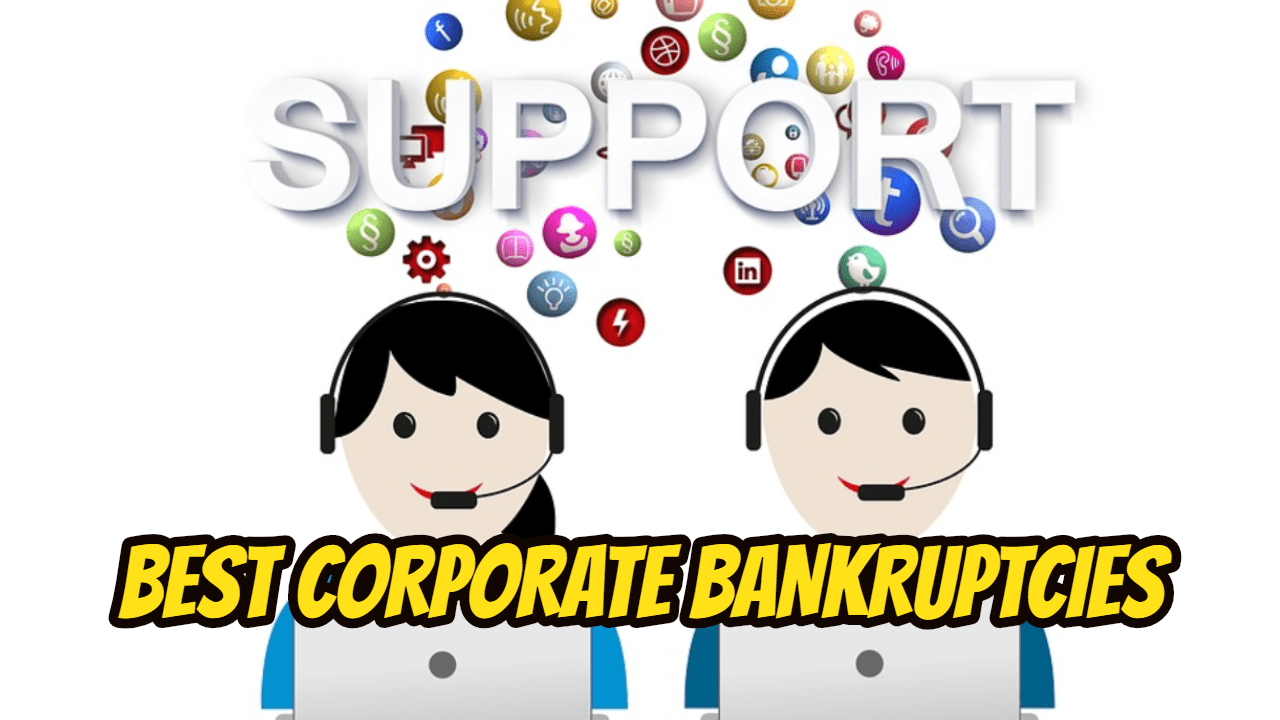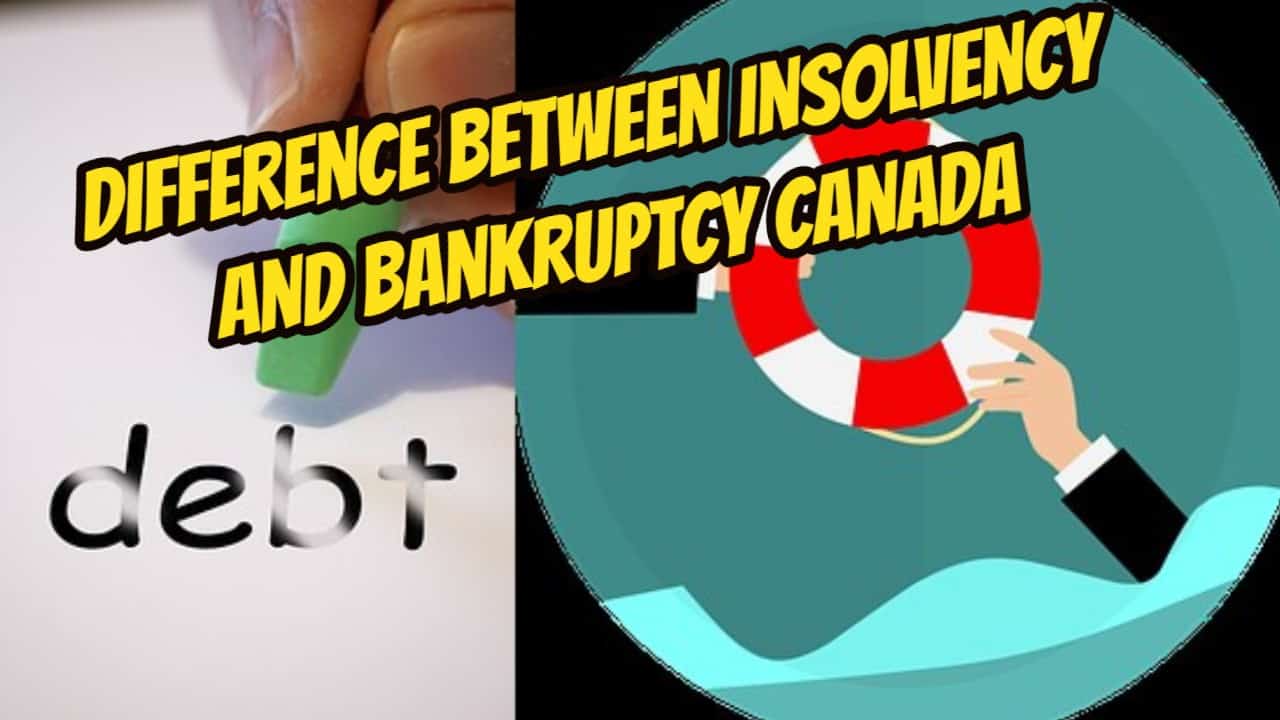[monkeytools msnip=”http://monkeyplayr.com/playr.php?u=5173&p=20198″]
Trustee of deceased estate: Introduction
I have previously written on what happens when a person dies insolvent, i.e. their debts are greater than the value of their assets. My blogs on being a trustee of deceased estate that is insolvent are:
- CAN YOU BANKRUPT A DEAD PERSON? DEATH OF A DEBTOR, PART 1
- DEATH OF A DEBTOR – THE INDIGNITY TO BANKRUPT A DECEASED PERSON PART 2
- DEBT AND DEATH – DON’T LET YOUR DEBT HAUNT FUTURE GENERATIONS
- DEATH OF A DEBTOR: WHO’S RESPONSIBLE FOR THE DEBTS?
- WHAT HAPPENS TO DEBT WHEN YOU DIE CANADA: ARE YOU FREE OF DEBT
I am now switching a bit. Over the next few weeks, I am going to be writing a series of blogs and vlogs to explain why I believe that a licensed insolvency trustee (formerly called a bankruptcy trustee) is the professional you should be thinking of making the executor of a deceased estate and recording it in your will. I am talking about solvent estates. Those with many assets and beneficiaries. I will be making the case why over the next few weeks. I will not be on insolvent estates of deceased persons.
I repeat that these blogs and vlogs will have nothing to do with debt, insolvency or bankruptcy. However, I will show how, based on the knowledge and expertise possessed by licensed insolvency trustees, it makes them the perfect candidate to serve as an executor of a deceased estate that is rich with assets. I will also be focussing my comments on the Province of Ontario. There may be some variations from province to province.
I caution that I and my firm are not lawyers, and I am by no means providing in this and upcoming Brandon’s Blogs advice on wills or estate planning matters. For that, you must consult your lawyer.
In this blog, I wish to set the stage by going over some basics when it comes to a deceased estate.
Trustee of deceased estate: The executor/executrix or estate trustee
In Ontario, an estate trustee (also known as the executor or executrix) is the only individual with the lawful authority to handle or disperse an estate. When an individual dies they might leave items, property, real estate, cash and investments and other possessions which is called their estate.
Probate is a treatment to ask the court to:
- provide an individual with the authority to work as the estate trustee of an estate;
- verify the authority of an individual acting as the estate trustee named in the deceased’s will; and
- officially accept that the deceased’s will is their legitimate last will.
You can apply for probate in the Ontario Superior Court of Justice. The procedure is governed by the Estates Act and the related Rules of Civil Procedure.dece
If your probate application succeeds, the court will provide a Certificate of Appointment of Estate Trustee, which is evidence that an individual has the lawful authority to manage the estate. If there is a will, it is also evidence that the will is valid.
Trustee of deceased estate: Must I always apply for probate?
A probate Certificate is not needed in every situation for a deceased estate. Prior to beginning an application for probate, you might want to establish whether the deceased estate actually needs a probate Certificate.
An application for a probate Certificate is normally made if:
- the departed individual passed away without a will
- the deceased’s will does not show an estate trustee
- a financial institution desires evidence of an individual’s lawful authority to get the cash or financial investments of the deceased
- the estate’s properties consist of real estate which does not pass to an individual by right of survivorship
- there is a disagreement about who ought to be the estate trustee
- there is a conflict or possible conflict about the legitimacy of the will; or
- some of the beneficiaries are unable to supply legal consent.
Trustee of deceased estate: Trustee of estate responsibility
What should the estate trustee’s first steps be? Here is where the actions the estate trustee should immediately take are almost the same as when a licensed insolvency trustee is first appointed either as:
- a receiver for a secured creditor;
- the receiver appointed by Court order; or
- a bankruptcy trustee
The will and financial records
Assuming the family has already made arrangements for and the funeral has taken place, the estate trustee should first find a copy of the will and any books and records of the deceased that will explain the deceased’s financial affairs. If the estate trustee cannot find a copy of the will, he or she should consult with the deceased’s family and lawyer. Hopefully one or both will have a copy.
As the licensed insolvency trustee, we must also find the books and records of the company or person, so that we can start learning about the financial affairs of the insolvent or bankrupt.
Proof of authority
The estate trustee will also require a certified copy of the death certificate, to prove the death to financial institutions and the government. The will, and/or the probate Certificate, will be proof of the estate trustee’s authority to act.
In the same way, the licensed insolvency trustee requires a copy of its Appointment Letter in a private receivership, the Court order in a Court-appointed receivership, or the Certificate of the Superintendent of Bankruptcy in a bankruptcy. These documents evidence the appointment of the licensed insolvency trustee.
Taking possession and control of the assets
The estate trustee must now take control of any assets that do not automatically by operation of law transfer to another person by right of survivorship. The estate trustee must establish physical control, take an inventory of the assets and arrange for appraisals to be performed where required. The estate trustee should establish the market value of the assets as soon as possible.
In the same way, upon being appointed as either receiver or trustee, a licensed insolvency trustee must establish control and/or possession of the assets, properties and undertakings of the insolvent/bankrupt debtor, whether in the debtor’s possession or that of a third party. The licensed insolvency trustee must make an inventory of the assets and where required, arrange for appraisals.
Insurance and bonding
The estate trustee must make sure that, in the case of real property and chattels, that the assets are properly insured. As well, if an application was made to Court for probate and the Court issued the Certificate, the Court may also require the estate trustee to get a bond for a specific value to protect the beneficiaries. The amount of the bond will have a relation to the estimated value of the assets.
In the same way, the receiver/trustee must make sure that the hard assets are properly insured. In a bankruptcy, the Superintendent of Bankruptcy sometimes requires the trustee to get a bond to protect the bankruptcy estate.
The bond will be issued by an insurance company licensed to provide such coverage in Ontario.
Trustee of deceased estate: The responsibilities of the estate trustee
In general terms, an estate trustee has the following responsibilities:
- be impartial amongst beneficiaries
- act in a commercially reasonable way
- to act in the best interests of the beneficiaries
- not make decisions for individual gain
- keep accurate records of all decisions made and actions and activities; and
- acting in accordance with the will if one exists
In every Court appointment, be it a receivership or bankruptcy, the licensed insolvency trustee must live up to these same standards. Rather than beneficiaries, there are stakeholders. The Court officer must be impartial and must act in the best interests of all stakeholders.
Trustee of deceased estate: Trustee vs executor of an estate
So hopefully from this blog, you can see that the knowledge, experience and expertise of a licensed insolvency trustee would stand him or her in a good position to act as executor, executrix or estate trustee of a deceased estate.
If you have any questions about a deceased estate and the need for an estate trustee, whether it is solvent or insolvent, contact the Ira Smith Team. We have decades and generations of experience in helping people and companies overcome their financial problems. You don’t need to suffer; we can end your pain.
In my next blog, I am going to write about a topic that is becoming more and more common in deceased estates; picking the right estate trustee. As you will see, it is much more than just finding the right skill set.
In the meantime, if you have any questions at all, contact the Ira Smith Team.






 Income tax debt relief: Introduction
Income tax debt relief: Introduction


